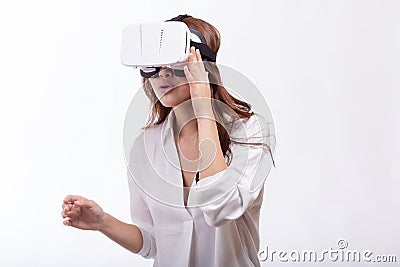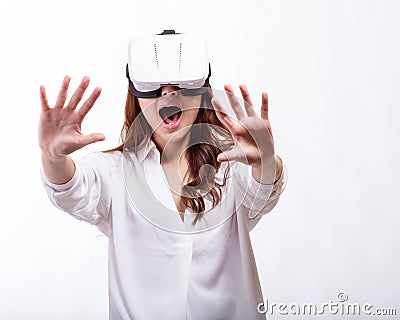I recently added Sleeklens' Strike A Pose bundle of
Lightroom presets and brushes to my tools in Lightroom. I am generally
reluctant about new LR presets as most of the bundles I've tried in the past
have had only two or three useable presets. So, I was surprised at just how
many of the powerful presets in this bundle are instantly useful.
The Strike A Pose Lightroom Portrait Bundle comes with 69
portrait presets and 62 brushes. The LR
presets are handily grouped into All in One, Base, Exposure, Color, Tone Tint,
Polish, and Vignette. The brushes are grouped into Color Brushes, Face
Brushes, Hair Brushes, Haze Brushes, and Light Brushes. The download comes with
guides on installing as well as how to stack the presets.
I haven't used the brushes much yet, so I will update when
I've used the brushes more. The presets are easy to use and great for instantly
improving your photos while allowing one to tweak them to your own personal
style and taste.
There are a few sample
presets from the bundle that can be downloaded from the website, so you can
test them for yourself: Strike-a-pose-portrait-workflow
There is also a Photoshop
version available, Portrait
Perfection, which I'll write about if I get it in the future.






